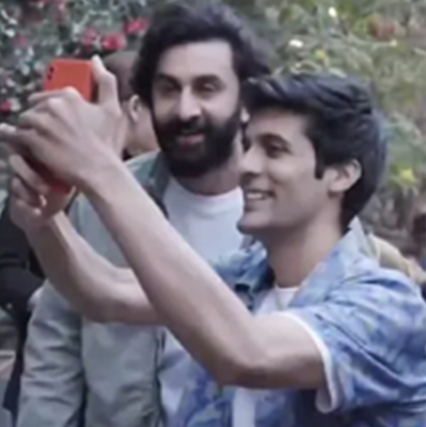
Creating and riding controversy in the brand world
If brands need to drive engagement with provocation, they should go about it using wit and charm, as well as strategic intent
These days, communication overload is real with screen hours on phones being in double digits. Add to it the viewership we have outside our phones, from radio or streaming services, and all the ambient media we consume. In the thousands of commercial messages that we consume, making a brand message stand out and be memorable is a real tough task.
Just as communication overload is real, so is the apathy to commercial messages that we get every day. Loud, in your face, intrusive brand messages emanate from this context. Brands tend to manufacture a controversial content piece that they hope will not be ignored by the customers and will give the brand extra recall. If the brand gets a little increase in search volume and website visits, many brands feel that they have won the battle.

We have seen this playbook at work recently with three brands. We saw a viral video clip of a celebrity throwing away a fan’s handset as he tried to take a selfie with him. As expected, the star was trolled, the video was posted everywhere till people figured that the whole act was staged. The trolling was now aimed the brand equally. The brand definitely didn’t win the battle of perception as the consumers didn’t like that the attempt to hijack emotions and take people on a guilt trip.
We saw a sneaker brand and a celebrity (again a celebrity) get into a supposed spat about brand endorsement. Here from Act I, it was clear that the spat was manufactured by both celebrity and brand. The initial chatter died out quickly, and today, both the celebrity and brand may not even remember that they created a mock social media fight.
The third was a ‘satire’ created by the brand to ride the gender equality conversation and be the clever one. They too used a celebrity to push that males can do dishes. This was by far the most comprehensive, expensive and media awareness-driven act that got noticed, debated, written about and commented. And while the vim and vigour around it was something that people discussed, it eventually did nothing for the brand.
Polarization pros & cons
Creating and riding controversy is not new; brands have deliberately done it sometimes, and have got sucked into it the other times. What a controversy does is that it forces consumers to take sides. Polarization is a great way to drive brand engagement as the theory will suggest that if the brand is able to make the positive sentiment stronger, the loyalty gets deepened. There is no harm if the negative emotion is sharpened as much, as this makes the brand firmly the brand preferred by the positive emotion ones. Many brands have benefited by this, many have taken a long time to come out of it. The issue with polarization is that it’s not a mathematically equal distribution issue. Every time the negatives beat positives, the brand is brought to its knees.
My three bits
Provocative controversies are here to stay and brands will use it aggressively. I would suggest three things that brands should do when they embark on this rocky path.
One, do the whole activity with wit and charm. The only reason to create a controversy is to make the brand look positive, driver of empathy, the one who does the right thing. There is a lot the dish-washing brand could have done that would have made people chuckle and agree with the sentiment of the brand. Wit and charm are neither easy to create nor quick to build, but then a brand is not built on the back of one content piece.
Two, do not treat this as a solo act. A solo act is transient; it fades away quickly and makes maybe a marginal difference to overall brand appeal. What if the handset brand had not treated the act of throwing away the phone as a one-time act but as something that drives the whole brand engagement? The brand could have set up camps, got photographers involved, created a contest to keep the act of discarding phones in focus. Sadly, the brand never looked at it with strategic intent.
Three, treat every such act integral to brand strategy. By stepping out of the brand zone, the brand only gets weakened and does not benefit from the effort. While this sounds very simplistic, this is really important. It may be tough to do, but it needs to be done.
But then if you can be witty and charming, do you need to be driven by provocation?
(The author is Co-founder and CSO, Bang in the Middle)
